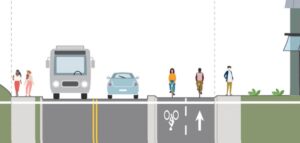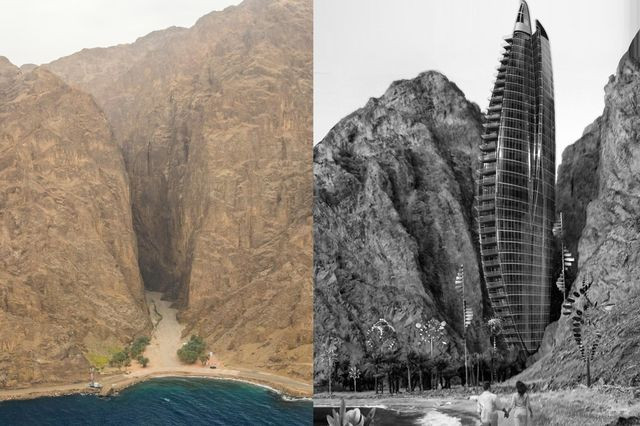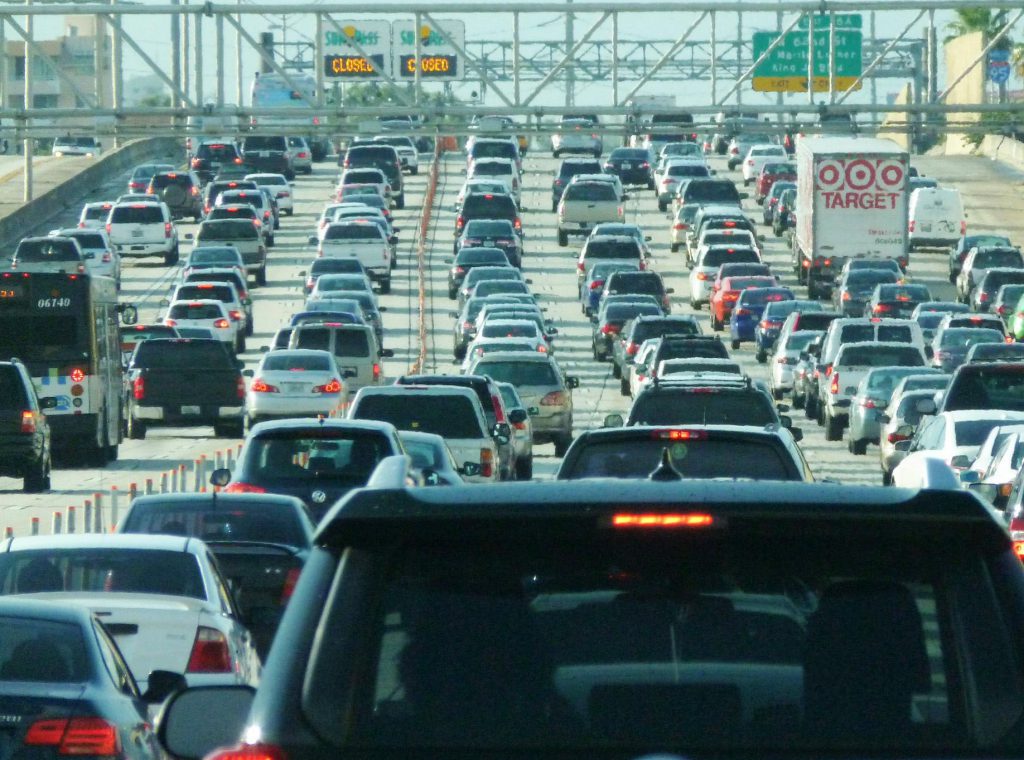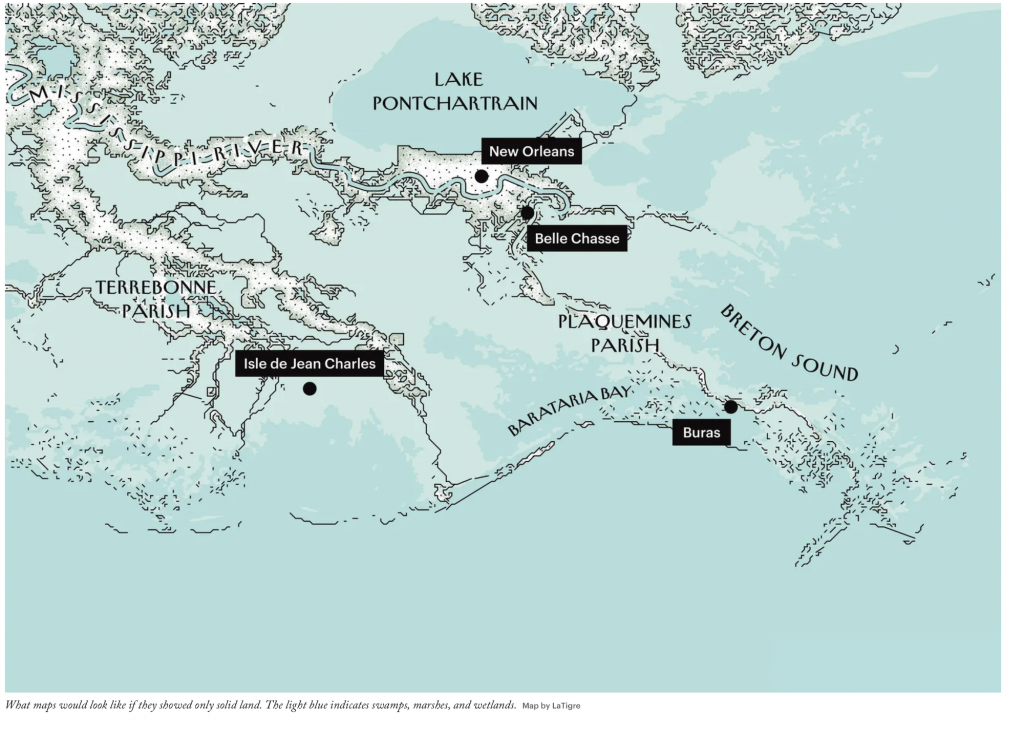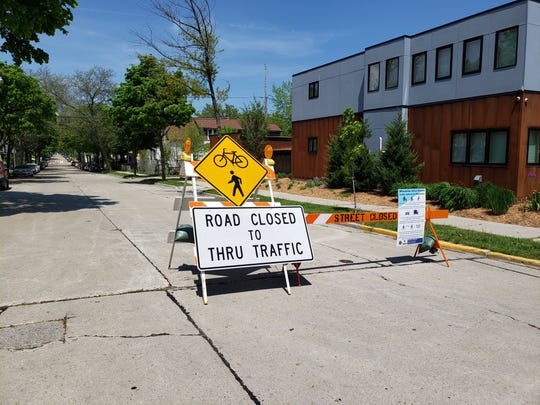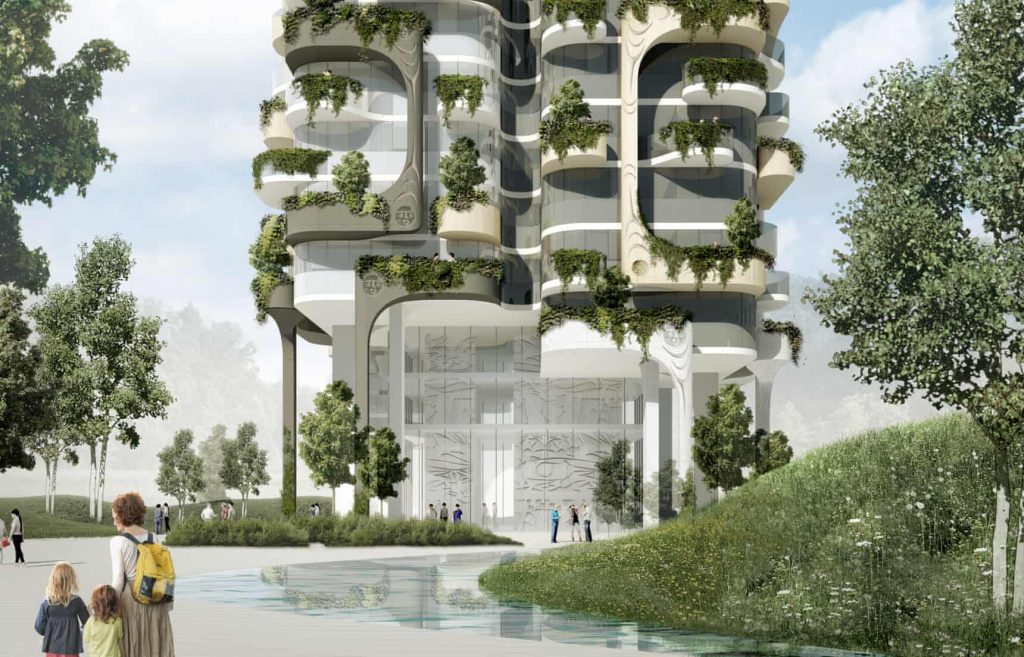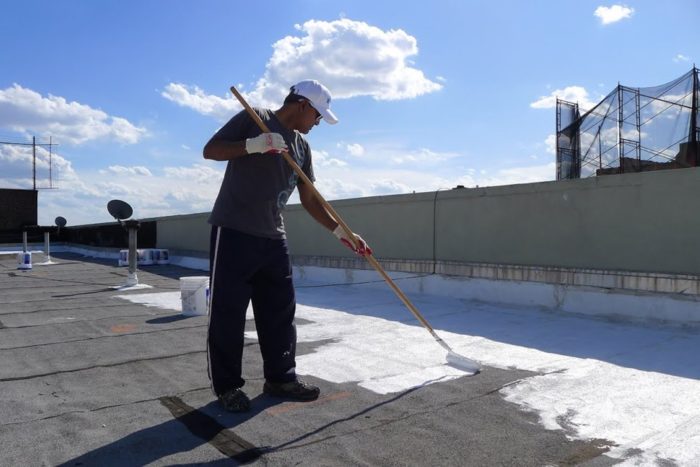
The plague time COVID-19 pandemic underscored the critical importance of outdoor space in urban life. This shift should be here to stay, with building projects judged on the merits of their outdoor environments.
Microclimate experts help developers, designers, and urban planners maximize the value of a new building by elevating and activating its exterior assets. But there is even more we can do with existing, no tech strategies like white rooftops:
The meteorological phenomenon of the urban heat island has been well known since giant cities began to emerge in the 19th century. The materials that comprise most city buildings and roads reflect much less solar radiation – and absorb more – than the vegetation they have replaced. They radiate some of that energy in the form of heat into the surrounding air.
The darker the surface, the more the heating. Fresh asphalt reflects only 4 percent of sunlight compared to as much as 25 percent for natural grassland and up to 90 percent for a white surface such as fresh snow.
Most of the roughly 2 percent of the earth’s land surface covered in urban development suffers from some level of urban heating. New York City averages 1-3 degrees C warmer than the surrounding countryside, according to the U.S. Environmental Protection Agency – and as much as 12 degrees warmer during some evenings. The effect is so pervasive that some climate skeptics have seriously claimed that global warming is merely an illusion created by thousands of once-rural meteorological stations becoming surrounded by urban development.
Climate change researchers adjust for such measurement bias, so that claim does not stand up. Nonetheless, the effect is real and pervasive. So, argues a recent study published in the journal Nature Geoscience, if dark heat-absorbing surfaces are warming our cities, why not negate the effect by installing white roofs and other light-colored surfaces to reflect back the sun’s rays?
And there are others that seem a lot more kooky than they are – mirrors, concrete roads instead of asphalt, distributed microgrids. We need to get moving with this stuff.
Image: Photo: Twitter @nycCoolRoofs


